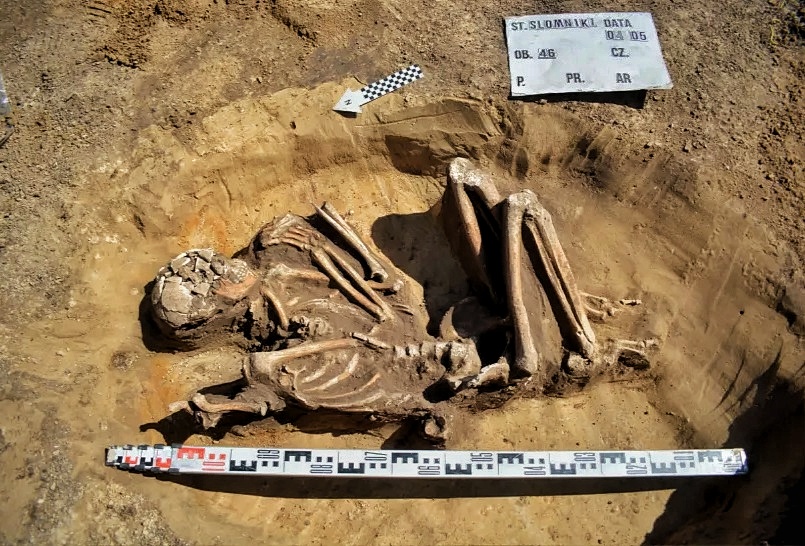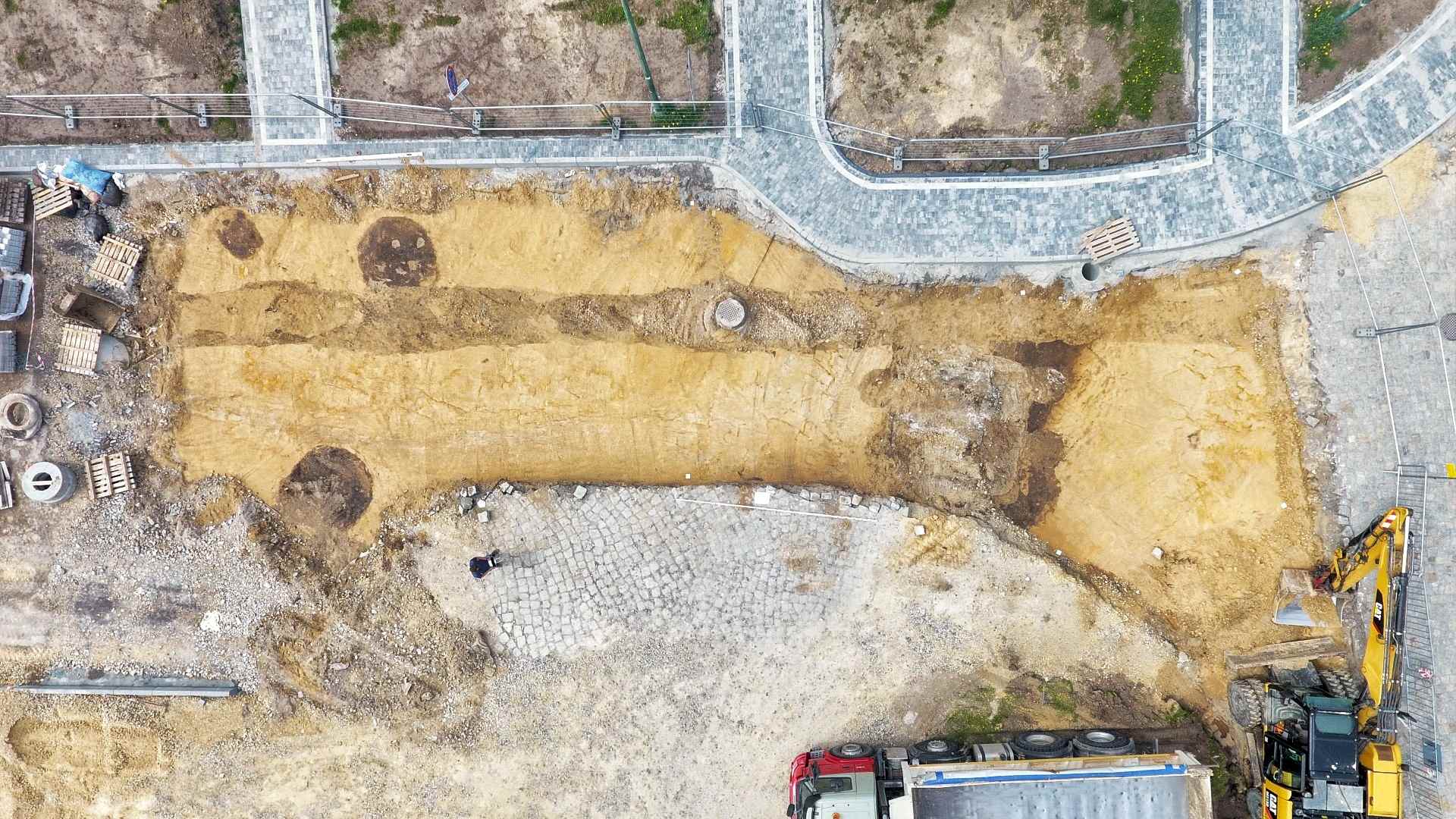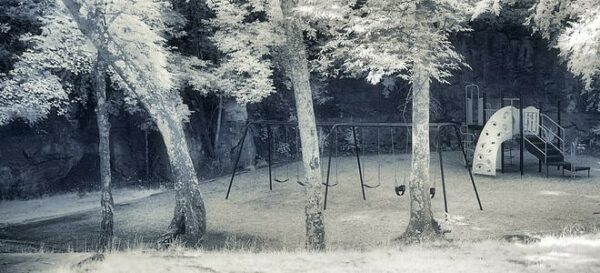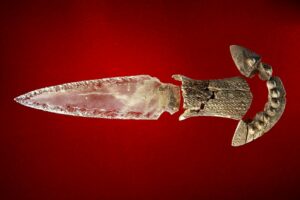Archaeologists have uncovered a significant find during the renovation of a town square in Słomniki, Poland. A perfectly preserved Neolithic skeleton, estimated to be around 7,000 years old, has been found alongside pottery fragments.

The excavation of the skeleton presents a unique opportunity to gain insight into our past and learn about the lifestyle and culture of the people who roamed the area millennia ago.
Based on the style of pottery, which belongs to the linear pottery culture, the burial likely dates to around 7,000 years ago, according to Paweł Micyk, an archaeologist with Galty Earth & Engineering Services who excavated the site.
The individual was buried in loosely packed soil that has a non-acidic chemical makeup, which helped preserve the skeleton.
“At the moment, we are unable to determine who the buried person was,” although an upcoming analysis by an anthropologist will likely reveal more information, Micyk said. In addition, the team intends to radiocarbon-date the bones to determine when the individual lived.

Fragments of flint were also found beside the burial. Some of the grave goods were damaged because the upper level of the grave was leveled sometime in the past, Micyk said.
Małgorzata Kot, an adjunct professor of archaeology at the University of Warsaw who is not involved with the excavation, said that “This is an exciting and very important discovery indeed.”
The burial belongs to the earliest Neolithic farmers who crossed the Carpathians from the south and entered Poland in the 6th millennium. Little is known about the culture of these early farmers, particularly their burial rituals. They bury their deceased in towns or in separate cemeteries, although cemeteries are quite rare. Further research on the skeleton could reveal more insight into the lives of these people.
“You must imagine that these early farmers were entering an absolutely new land for them. Land of the deep forest of Central European Lowlands. Land of harsher climate but also a land already inhabited by other people,” Kot said, noting that they would have encountered hunter-gatherers who were already living there. The farmers and hunter-gatherers coexisted for about two millennia, but how they interacted is not entirely clear.
It is exciting to think about what else may be uncovered through further archaeological excavation and investigation in the area.




